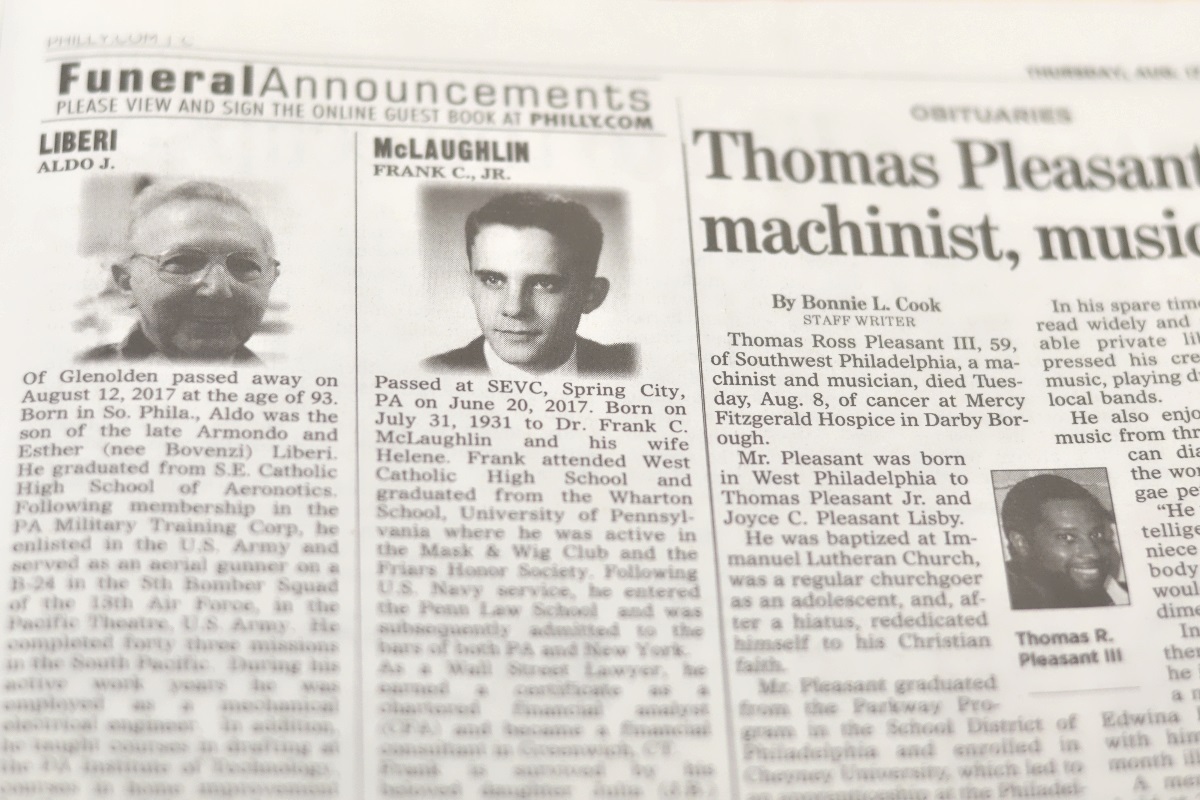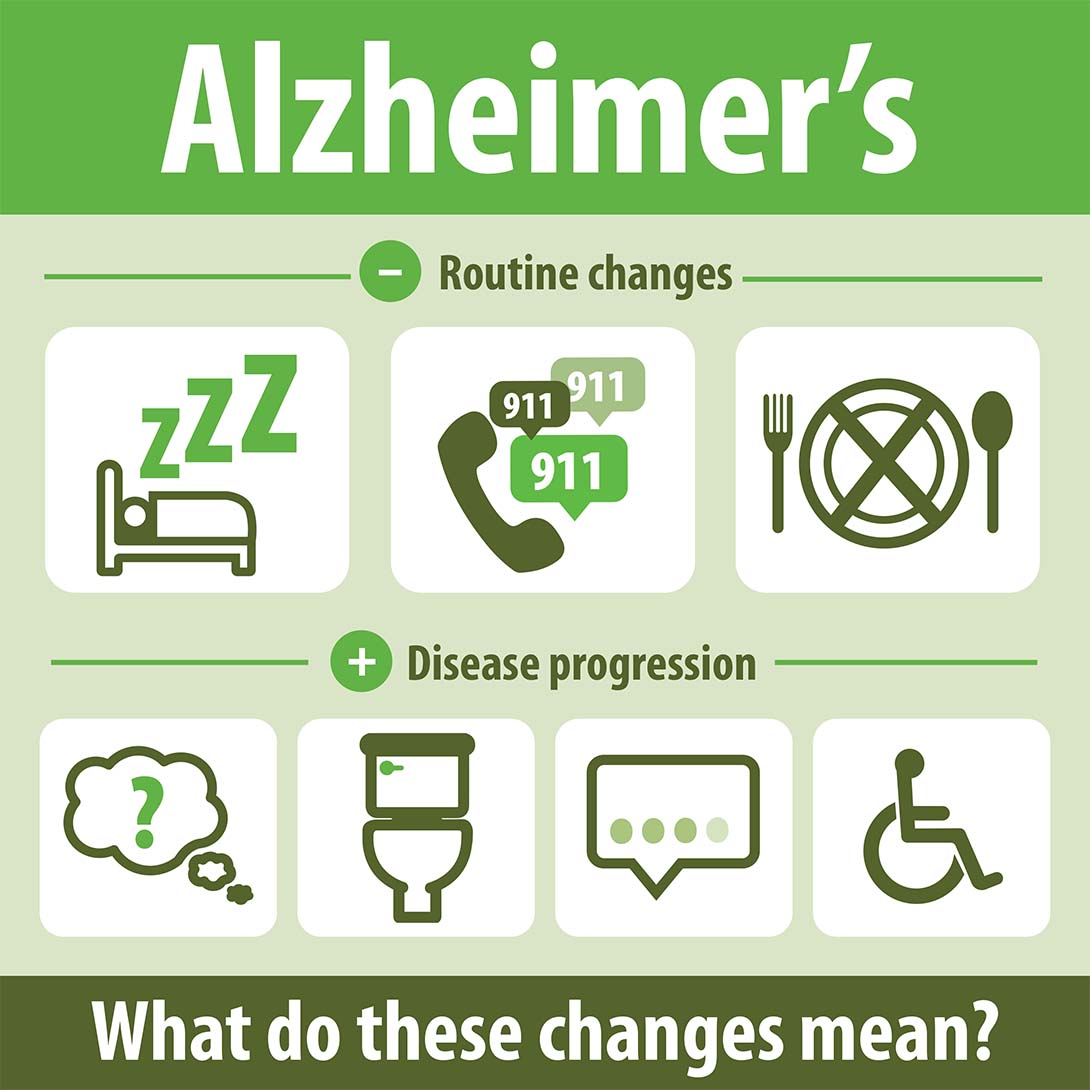Writing an Obituary, From Basics to Creative Expression

“How would you want to be remembered?”
If you are asked to put together an obituary for a loved one, friend, or acquaintance, contemplating that simple question might serve as a practical starting point.
At the most basic level, an obituary serves a variety of purposes. It’s a notification of someone’s passing. It’s a description of their life. It’s a recounting of the extended family and special friends who the loved one touched. It’s an informational notice about an upcoming funeral. It can be an expression of thanks to caregivers or special friends who were there in a time of need. In many cases, it can also be a request for charitable donations in a loved one’s memory.
Moving Beyond the Basic
At its best, an obituary is a tribute to a life well-lived and a person well-loved.
Keep in mind that you’re doing more than just providing information. You’re also telling a story of someone’s life. Of course, in order to tell the story, you’ll need basic information.
If you don’t have that information, start by talking with their loved ones. They should be able to provide the basics: age, occupation, education, military service, where they grew up, places they lived.
From there you can begin to get more personal: What were their interests? What sports or hobbies did they enjoy? What about community involvement or church activity? What charity events did they promote or support? What were their most important or impressive accomplishments in life?
Adding Color to Their Stories
Rather than conducting a formal interview, try to engage your information sources in relaxed, informal conversations. Give them time to think and reminisce in a relaxed setting. Try to get them to tell interesting stories about their interactions with the loved one who has passed which will give readers some insights into what made that person special – perhaps some special trait of character, sense of humor, honesty, community-mindedness, generosity, love of travel and so on.
From there, try to paint a word picture of who this person was and what they meant to the world of their friends and loved ones. Don’t just tell the reader that so-and-so was a good person. Show the reader by describing their interactions and the energy that they put into those aspects of their lives that they held most important.
Also, you’ll need to determine how many family members to include. This includes the number of “preceded in death by” as well as surviving relatives and other loved ones. How far does the family want to go back? Be careful about leaving people out accidentally: grandparents (both sides, deceased and living), stepfamilies, aunts and uncles, significant others, and of course, children, grandchildren and more, if needed.
Keep in mind that the people providing you with information have other things on their mind. So be careful that no one’s feelings get hurt by an unintended omission. Finally, determine if there is a particular charity or other cause the family wants to identify for memorial donations.
Adapting to Fit the Need
Consider developing several different lengths for the obituary – a short one for a paid ad, for example, and a longer one to give out at the eulogy or funeral service. Check with your local newspaper for appropriate publishing lengths. With genealogy growing in popularity, you might consider an even longer one to provide background on family history, or to post on a website.
Also, make sure to proofread and to have a family member or other person in the know review the finished copy for accuracy and completeness.
Final Thoughts
Unfortunately, we live in a day and age when unscrupulous people look to prey on the vulnerable. Be careful about including information that can be used for identity theft, or that might make someone vulnerable for exploitation. Depending on the community where you live, it might be advisable to avoid identifying the address of the surviving spouse, or even the time of the funeral, as would-be burglars would think nothing of targeting an unwatched house.
In short, be compassionate, be complete, and be careful.
If you or someone you know have experienced a recent loss, our free grief recovery booklet may help. Crossroads Hospice & Palliative Care provides complimentary grief recovery groups in all the communities we serve. Please call 1-888-564-3405 to speak with a bereavement coordinator about upcoming groups in your area.
If you found this information helpful, please share it with your network and community.
Copyright © 2017 Crossroads Hospice. All rights reserved.




